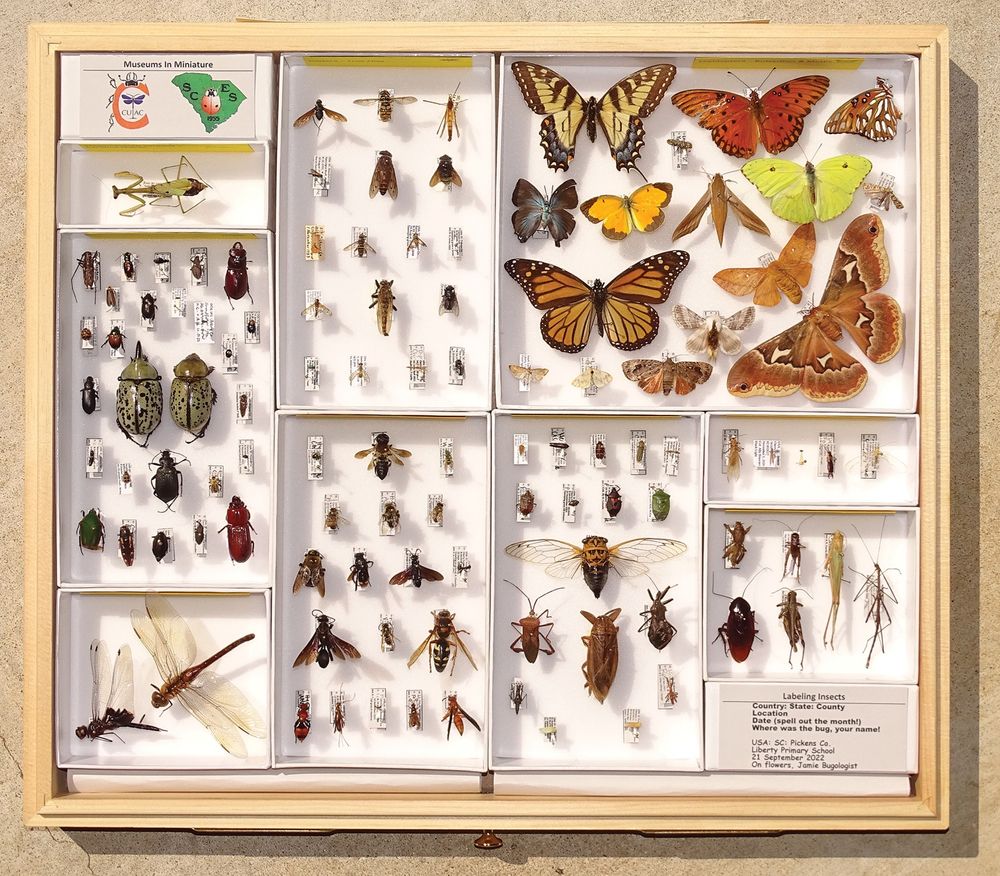
Publications foster deeper understanding & appreciation of natural history.
Published by @pensoft.net. Powered by ARPHA.
Website: nhcm.pensoft.net
🔗 doi.org/10.3897/nhcm...

🔗 doi.org/10.3897/nhcm...
We're passionate about entomological collections, which is why we published some of last year's ECN in a special topical collection: nhcm.pensoft.net/topical_coll...
Check out the @pensoft.net stand for our latest news!



We're passionate about entomological collections, which is why we published some of last year's ECN in a special topical collection: nhcm.pensoft.net/topical_coll...
Check out the @pensoft.net stand for our latest news!
🔗 doi.org/10.3897/nhcm...

🔗 doi.org/10.3897/nhcm...
🔗 doi.org/10.3897/nhcm...

🔗 doi.org/10.3897/nhcm...




🔗 doi.org/10.3897/nhcm...

🔗 doi.org/10.3897/nhcm...

🔗 doi.org/10.3897/nhcm...



🔗 doi.org/10.3897/nhcm...
🔗 doi.org/10.3897/nhcm...
@entiminae.bsky.social @universityofkansas.bsky.social

🔗 doi.org/10.3897/nhcm...
@entiminae.bsky.social @universityofkansas.bsky.social
🔗 doi.org/10.3897/nhcm...

🔗 doi.org/10.3897/nhcm...
🔗 doi.org/10.3897/nhcm...

🔗 doi.org/10.3897/nhcm...
🔗 doi.org/10.3897/nhcm...

🔗 doi.org/10.3897/nhcm...
doi.org/10.3897/nhcm...

doi.org/10.3897/nhcm...
doi.org/10.3897/nhcm...

doi.org/10.3897/nhcm...
🔗 doi.org/10.3897/nhcm...

🔗 doi.org/10.3897/nhcm...
🔗 doi.org/10.3897/nhcm...

🔗 doi.org/10.3897/nhcm...
🔗 doi.org/10.3897/nhcm...

🔗 doi.org/10.3897/nhcm...
⏳ 30 April 2025

⏳ 30 April 2025
doi.org/10.3897/nhcm...
@unituebingen.bsky.social

doi.org/10.3897/nhcm...
@unituebingen.bsky.social
🙌 Always exciting to hear how #scholarlypublishing, #sciencecommunication, #collections & #datapublishing work together for progress in #science & society! 🌍




🙌 Always exciting to hear how #scholarlypublishing, #sciencecommunication, #collections & #datapublishing work together for progress in #science & society! 🌍



doi.org/10.3897/nhcm...

doi.org/10.3897/nhcm...
doi.org/10.3897/nhcm...

doi.org/10.3897/nhcm...


